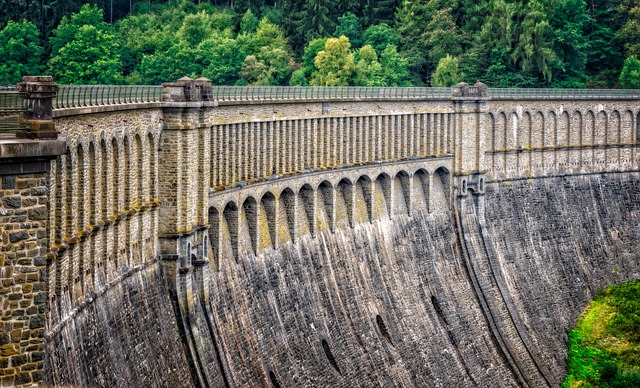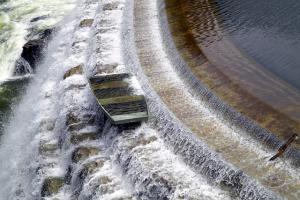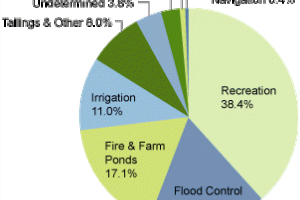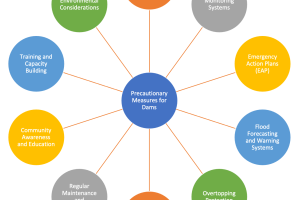Prospects of Large Dams

Displacement of Population
The construction of large dams has led to the displacement of some 40 to 80 million people worldwide.
The aggregate storage capacity of large dams, based on dam design, is about 6000 km3. Assuming that half the design storage is achieved in reality, the aggregate real storage capacity of large dams globally is similar to total freshwater withdrawals estimated at around 3800 km3.
High Sedimentation
An estimated 0.5–1% of the total fresh water storage capacity of existing dams is lost each year to sedimentation in both large and small reservoirs worldwide. This means that 25% of the world’s existing fresh water storage capacity may be lost in the next 25 to 50 years in the absence of measures to control sedimentation. This loss would mostly be in developing countries and regions, which have higher sedimentation rates.
Riverine ecosystems Impacts
At least 20% of the world’s more than 9000 fresh water fish species have become extinct, threatened or endangered in recent years. The watersheds of the world are the habitat of 40% of the world’s fish species, and provide many ecosystem functions ranging from nutrient recycling and water purification to soil replenishment and flood control.
Ecosystem transformations do not only occur in the upper, lower and mid-reaches of watersheds, they also impact on river estuaries, which are frequently complex ecosystems. Closing the mouths of major rivers, salt intrusion, destruction of mangroves and loss of wetlands are among the many issues at stake.












